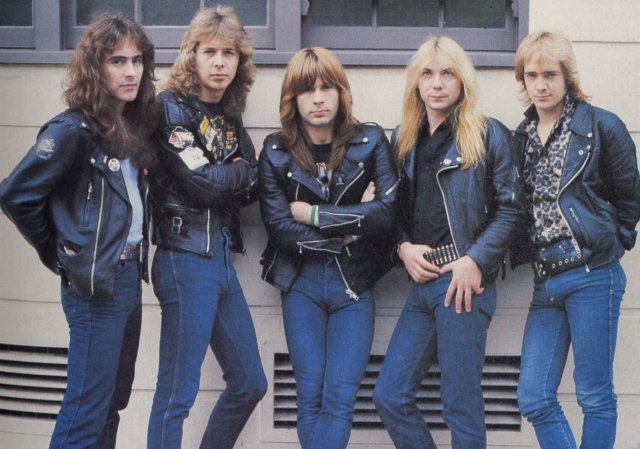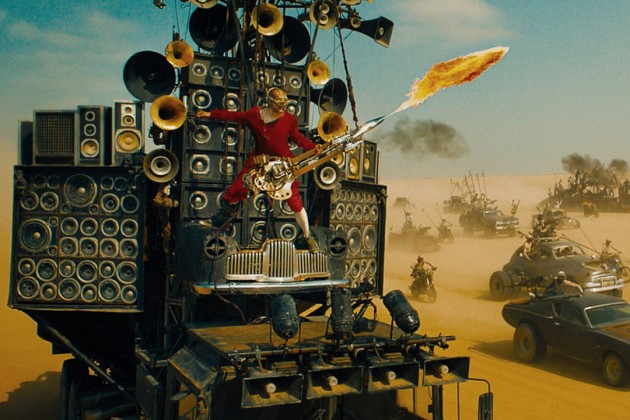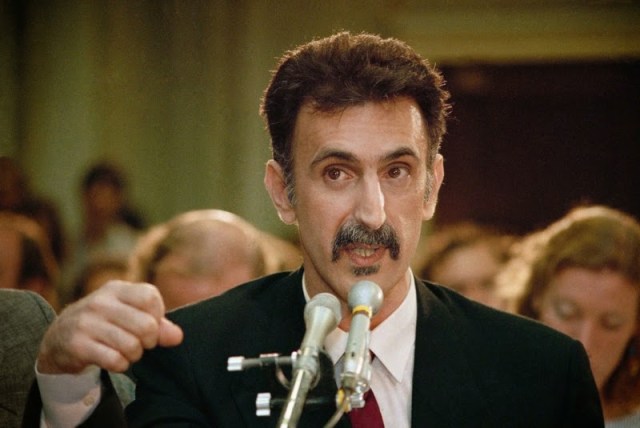
Rather than delve into the delusion that currently is supposed to oversee this country (and trust me, there’s plenty to call the Tangerine Ignoramus out on simply from this last weekend alone, such as his foray into international diplomacy at the end of a Tomahawk missile), I’ve decided to start something that will be much more fun. Since college basketball just recently completed the NCAA Basketball Championship, I thought it would be fun to do the same but in a different arena – the genre of hard rock/metal music.
What are the criteria for consideration? First, the band/singer would have to have some sort of longevity to their career – you don’t see many bands or singers that are considered “legendary” if they were only around for a couple of albums (Amy Winehouse is a rare exception, but that’s a discussion for another time). Second, the band/singer would have to have an impact on the genre – did they do something particularly noteworthy or notorious that put them into the annals of the genre’s history, a song or “behavior” that was historic. Third, just how popular were they when they were in existence – a band or singer that was wildly popular with the fans might get some leeway over a critical darling OR vice versa (depending on tastes). Fourth, what accolades did they receive – awards, gold records, and recognition by the industry (Rock & Roll Hall of Fame, hello?) are all under consideration here. Finally, was the band/singer influential on future generations of music – have they helped shape the genre since they have left the sphere?
The first round of the four “regions” – the 1960s/70s, the 1980s, the 1990s and the 2000s/2010s – is complete and there were some big surprises. It’s now time to move into the second round of two of the regions who will match up in the Final Four of Hard Rock/Metal – the 1980s and the 1990s – and work them down to one half of the Sweet Sixteen. As always, cast your vote and/or opinion on who should win each battle by commenting here or on one of the many social media outlets where you might read this.
Without further ado, here’s the 1980s second round:

Bon Jovi (1) vs. Mötley Crüe (8)
Part of me would like to see this be a real battle, but that’s not the case. Longevity is on the side of Bon Jovi in this case, as is virtually every other category that might be tallied. Sales, award recognition, fan support – all those things flow in the direction of the boys from New Jersey over the gang off the Sunset Strip. Although they might be “lightweights,” Bon Jovi for many WAS the 1980s and, as such, they will be moving on.
Guns ‘N Roses (4) vs. Iron Maiden (5)
This is going to be too close to call. The Gunners breathed new life into hard rock/metal in the late 1980s with their “take no prisoners” approach and bawdy behavior, but Iron Maiden’s throng of loyal supporters and longevity in the business can’t be overlooked. Even though GNR came back last year for a few concert appearances (and Axl Rose did some great work with AC/DC after the questionable circumstances regarding Brian Johnson’s departure), Iron Maiden almost always has seemed to “been there” since the early 1980s. The voters will have to make the call here.
Metallica (2) vs. Anthrax (10)
Anthrax, with their highly influential style of speed metal mixed with social commentary, emerged with an upset victory against Queensrÿche, but that may be where the train ends with running up against Metallica. If there were a group that could play just as fast as Anthrax, just as loud and have similar things to say, it would be Metallica. What puts it over the top? The 2009 induction of Metallica into the Rock & Roll Hall of Fame, which says it best on their website when they comment, “Heavy metal went mainstream thanks to Metallica.”

Def Leppard (3) vs. Slayer (6)
Opposites go to war in this matchup, with the poppier hard rock from Def Leppard running headlong into the death metal stylings of Slayer. Don’t be so quick to hand this battle to Def Leppard; Slayer, while a polarizing entity because of the style that they play, has been tremendously influential over ALL forms of music. They have influenced everyone from Pantera to Hatebreed and even reached to Italy to inspire Lacuna Coil. When you’ve got that type of power, it has an impact…but will the voters accept it?
And now, let’s look at the 1990s:
Nirvana (1) vs. Nine Inch Nails (9)
Although I’ve long had a fondness for Nirvana and the late Kurt Cobain, there is plenty of room for argument that Nine Inch Nails and front man Trent Reznor were more influential on hard rock/metal. Reznor’s influence runs the gamut from pop to industrial, dance to rock, and he’s also been a highly successful scorer of films (along with his partner Atticus Ross, they won the Academy Award for Best Original Score for The Social Network). While that may not be hardcore, it still shows tremendous talent, making this matchup not the slam dunk that many might have thought.

Pearl Jam (4) vs. Foo Fighters (5)
Another tough battle in the 4/5 seedings. You would think that Pearl Jam, coming off their induction into the Rock & Roll Hall of Fame and nearly 30-year career (not to mention leading the “Grunge Revolution”), would be able to handle the Foo men easily. But Dave Grohl and Co. aren’t that easy to knock off. They’ve been getting raves over one of their recent efforts, Sonic Highways, which saw the band travel to eight different cities to “get a feel for” the cities as they recorded it (the production was followed by HBO for a miniseries of the same name). Grohl also carries some gravitas from his days with Nirvana. Is it possible that Grohl’s two bands could face off against each other in the Sweet Sixteen?
Rage Against the Machine (2) vs. Korn (7)
Although Korn ably defeated Tool to reach the second round, I don’t see a way that they get past RATM. In all areas, Rage Against the Machine are the dominant forces – popularity, commercial and critical success, influence and many others. About the only thing that Korn may have is longevity, but that would change if Rage guitarist Tom Morello and singer Zack de la Rocha buried the hatchet and hit the studio again (if not, there’s always Morello leading the other men from the band in their new outlet, Prophets of Rage). A bit of a mismatch here, unfortunately.

Green Day (3) vs. White Zombie/Rob Zombie (11)
A bit of a surprise as White Zombie and front man Rob Zombie were able to upend Alice in Chains to reach the second round of the tournament. They’ve got a great chance to take out the three-seed in Green Day as their style of “nightmare metal” has been mimicked by many bands in the early 2000s, even though Rob Zombie still performs. Green Day, however, has their own legion of devotees and can even say that they’ve gone to Broadway (the musical American Idiot brought punk music to the Great White Way). It is another battle that will be decided by the voters.
That closes the second round for these two regions. Be sure to get your votes in on who deserves to move on to the Sweet Sixteen! Starting this week, we’ll cut the Sweet Sixteen down to only one band, who will walk off with the title of the greatest hard rock/metal band in history!







